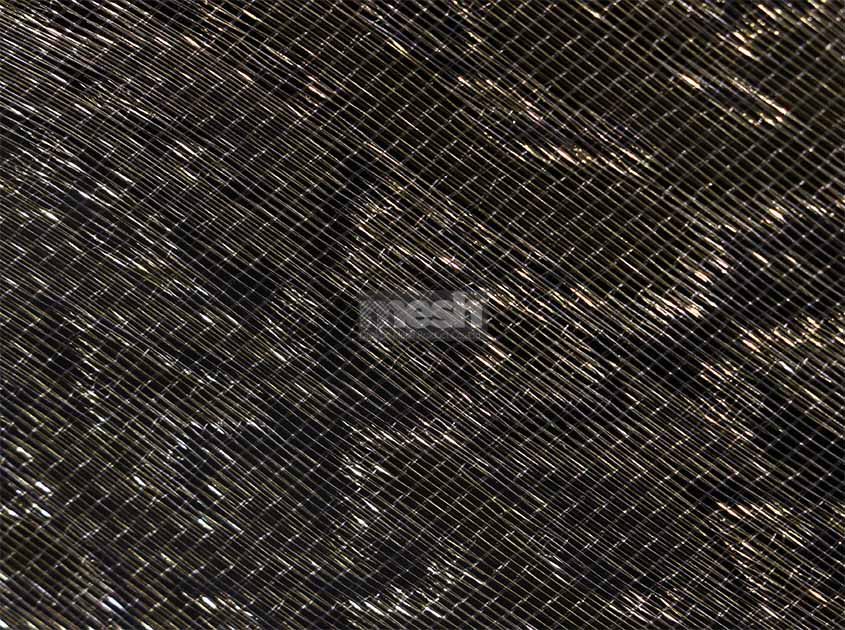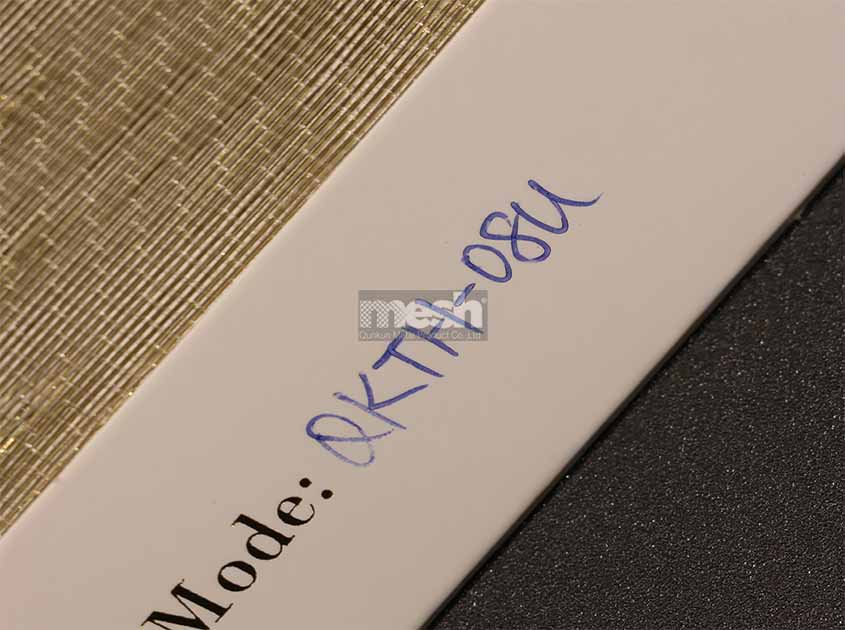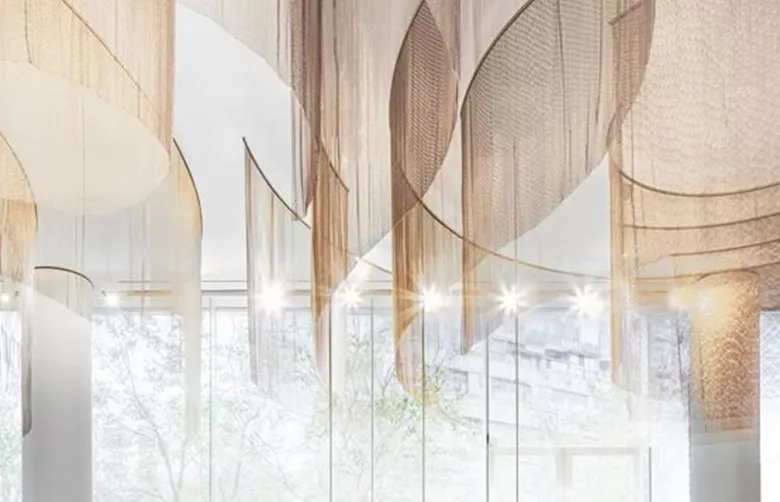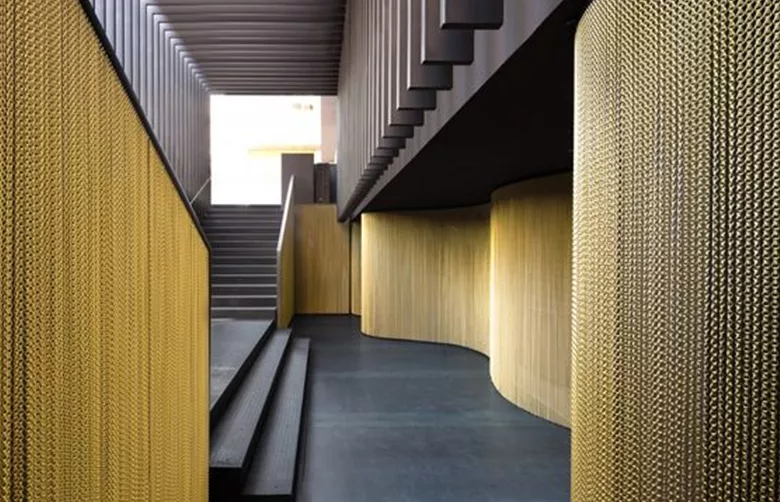-
About UsProductsCustomized SolutionProjectGalleryNews
The history of Woven mesh fabric and their evolution
Release time: September 12, 2023The history of Woven mesh fabric can be traced back to ancient times. As early as ancient Egypt, people began to use hand-woven mesh fabrics. The earliest mesh fabrics were usually made from natural fibers such as linen, cotton or silk. These mesh fabrics are used to make fishing nets, nets, decorations, etc. Ancient people discovered that by weaving a fine mesh structure, the functions of capturing and filtering could be achieved.

Impact of the Industrial Revolution:
The Industrial Revolution of the 18th century dramatically changed the way woven mesh fabric was produced. With the development of mechanical textile technology, the manufacturing of Woven mesh fabric begins to adopt automated methods. By using looms, mesh fabrics can be produced on a large scale and production efficiency can be improved. During this period, Woven mesh fabric was widely used in industry and agriculture for screening, filtration, isolation and other purposes.

Material innovation and application expansion:
Over time, the materials and application range of Woven mesh fabric continue to innovate and expand. In the 20th century, synthetic fiber materials such as nylon, polyester and polypropylene began to be widely used in the manufacture of Woven mesh fabric. These synthetic fibers have excellent strength, durability and corrosion resistance, making Woven mesh fabric stronger and more durable. At the same time, the application scope of Woven mesh fabric has also expanded to the fields of construction, automobile, aerospace, medical and sports, etc., for various functions such as filtering, isolation, protection and enhancement.
Innovative design and modern applications:
Today, Woven mesh fabric continues to innovate in design and application. Designers and engineers continue to explore new structures and fiber materials to create more diverse and functional Woven mesh fabrics. For example, introducing metallic threads or reflective materials can give mesh fabrics a unique look and reflective effect. In addition, by changing the weaving density and pore size of the mesh fabric, its air permeability, filtering performance and protective capabilities can be adjusted. Woven mesh fabric is now widely used in building curtain walls, outdoor shading, sports shoe uppers, industrial filters and medical dressings.
Recommended News





